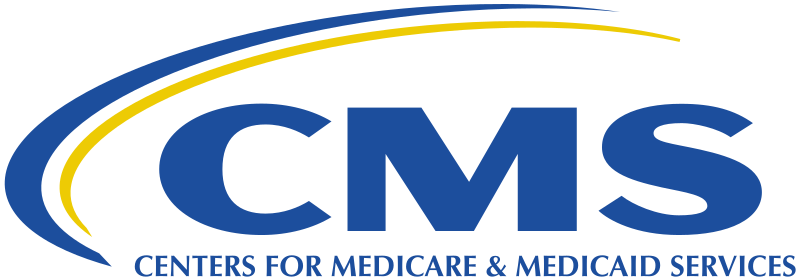Background
Numerous studies show incarcerated youth experience high rates of physical and behavioral health conditions:
- Youth who are incarcerated have a very high incidence of adverse childhood experiences, with as many as 90 percent of such youth having experienced trauma.
- Roughly two-thirds of youth in the correctional system report at least one substance-related problem, yet 12 percent of youth are in programs that do not offer substance use disorder (SUD) related services.
Improving health care transitions for incarcerated youth is critically important.
Many of these youth would otherwise be eligible or are already enrolled in Medicaid and the Children’s Health Insurance Program (CHIP).
Access to services may provide these youth with more stability.
Congress has shown increasing interest in improving health care transitions for justice-involved individuals of all ages as they reenter the community:
- Section 5032 of the SUPPORT Act:
- Directed the Secretary of HHS to convene a stakeholder group to develop best practices and submit a report to Congress (RTC ) summarizing those best practices.
- Directed the Secretary to issue a State Medicaid Director letter (SMDL ) based on those best practices to inform the design of a section 1115 demonstration opportunity.
- Section 1001 of the SUPPORT Act:
- Amended section 1902(a) of the Social Security Act (the Act), to prohibit states from terminating Medicaid eligibility for “eligible juveniles” who become inmates of public institutions on or after October 24, 2019, due to their incarceration. CMS issued an SMDL on 4 January 19, 2021.
- Medicaid and inmates of a public institution:
- Medicaid regulations at 42 Code of Federal Regulations (CFR) 435.1010 define an inmate of a public institution as “a person living in a public institution” and define a public institution as “an institution that is the responsibility of a governmental unit or over which a governmental unit exercises administrative control.”
- A correctional institution is considered a public institution and may include state or federal prisons, local jails, detention facilities, or other penal settings (e.g., boot camps or wilderness camps).
- CMS considers an individual of any age to be an inmate if the individual is in custody and held involuntarily through operation of law enforcement authorities in a public institution.
- The same definitions described above for Medicaid are also applied to separate CHIPs through cross-reference at 42 C.F.R. 457.310(c)(2)(i).
- Medicaid inmate of a public institution payment exclusion:
- Individuals who are held involuntarily in a public institution may be eligible for and enrolled in Medicaid, but federal Medicaid funds may not be used to pay for services for such individuals while they are incarcerated.
- Payment exclusion does not apply to institutional care (e.g., inpatient hospitals, nursing facilities, etc.).
- CHIP eligibility exclusion:
- Unlike Medicaid, incarceration status is a factor of eligibility in CHIP. A child who is an inmate of a public institution is excluded from the definition of a targeted low-income child and therefore, generally is ineligible for a separate CHIP.

